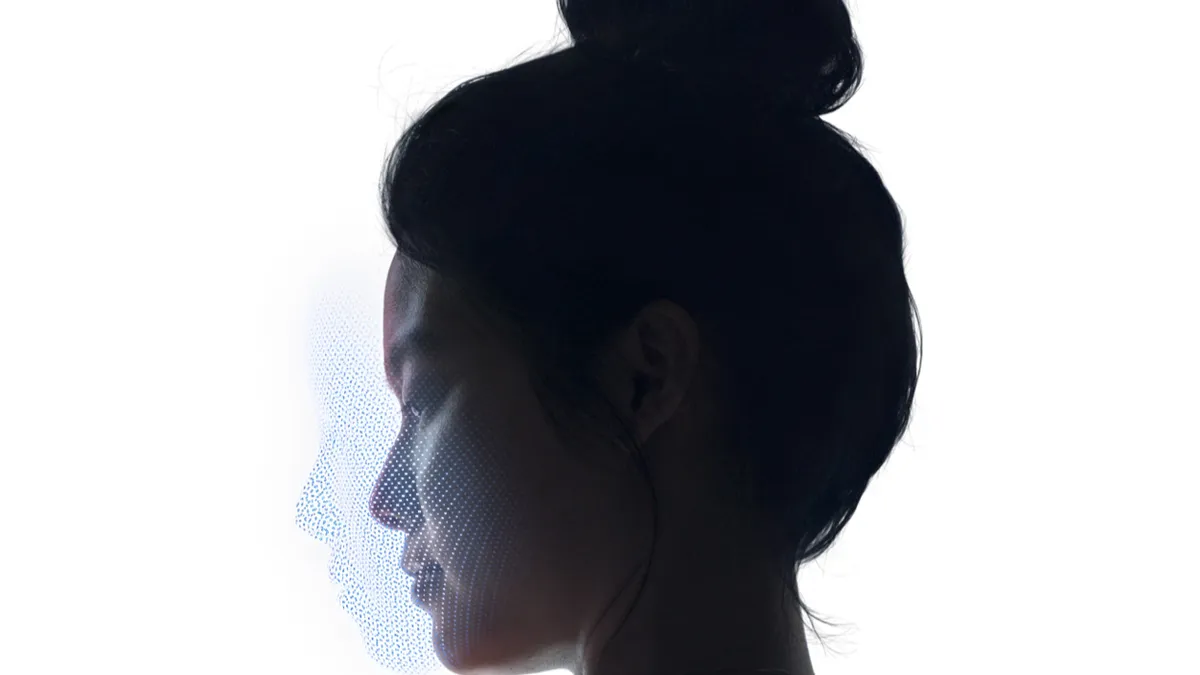Brief:
-
Apple’s new iPhone X lets people unlock their phones with a scanner that can be set to recognize the user’s face, but how the facial data are used by marketers and mobile app developers raises serious privacy concerns, the Washington Post reported. The newspaper found holes in Apple’s privacy protections that some may take issue with.
-
To demonstrate how much facial data Apple shares with third parties, Post tech columnist Geoffrey A. Fowler highlighted a new app called MeasureKit that shows users a digital topography of their facial features. The app uses Apple X's Face ID sensor to record 30,000 data points about an individual's face. The developer of the app, Rinat Khanov, didn’t post a privacy policy until Fowler prodded Apple to enforce its rules that require such disclosure.
-
Apple, which has a history of expressing its commitment to user privacy, prohibits developers from selling facial information, using it to identify anonymous people and using it for advertising. Apps also are supposed to make clear why they’re accessing facial data and to seek “conspicuous consent” from users.
Insight:
The Washington Post offers a cautionary, consumer-oriented perspective about facial recognition technology that mobile marketers should consider when incorporating Face ID into their apps. Apple is putting the new technology into the hands of a mass audience — as the company did with personal computers, graphic user interfaces controlled by a mouse, digital music distribution, smartphones and voice-activated digital assistants, among its long list of innovations. As the newspaper points out, facial recognition has potential negative consequences like the invasion of privacy, constant surveillance and the potential for machines to make snap judgments about a person’s mood, gender, race and sexuality.
Apple co-founder Steve Jobs had reservations about starting an App Store because of worries about policing the behavior of third-party app developers. The App Store ended up being a billion-dollar idea that transformed the software development industry, improved the functionality of iPhones, transformed the social media industry and solidified consumer loyalty. Whether or not Face ID will have a similar impact remains to be seen.
While Apple designed Face ID to have certain privacy protections, the company still faces challenges in making sure that app developers aren’t abusing the facial data. For marketers, facial recognition is another technology that will challenge them to find a balance between reaching their customers more effectively and respecting their privacy. Long before the days of mobile devices, landline telephones were both a tool to provide instant communication and a major invasion of people’s privacy. As telemarketing became a major industry, companies had to determine whether calling people in the middle of dinner was a good business practice. Consumer frustration led to new laws and regulations on the industry, and the same fate may await facial recognition.
Longer term, facial recognition has the power to transform ad targeting by customizing messaging, almost like the futuristic society shown in Steven Spielberg’s movie “Minority Report,” based on a short story by science-fiction writer Philip K. Dick. The film has several scenes showing how advertisers would use retinal scanning to identify people and immediately customize a sales pitch as they walk through malls, stores and transportation hubs. While the depiction of recognition technology was somewhat comical, it's not hard to imagine mobile technology leading to the development of talking billboards and holographic store greeters that address people by their first names before giving an individualized sales pitch. Already, there have been examples of billboards changing their messaging based on the weather or nearby traffic conditions.













